Making the Most of Rain and Snow
Directing the flow of water isn’t a new idea.
Humans have been changing the flow of water for thousands of years for our benefit, and oftentimes to our failure. Water is never truly wasted though, it is always in a cycle of evaporation (and transpiration by plants), condensation and precipitation. What is wasted is the energy it takes to treat and move water to where we need it.
Forethought when designing our landscapes can save us time, money and precious water. We protect our homes by making sure that water drains away from its foundation; water is valuable though, so where is it draining to? Often, it runs off and into the stormwater system.
Designing landscapes to catch and hold water presents an opportunity to use water more sustainably. We can eliminate or reduce the need to irrigate the landscape with the (treated) potable water pumped to our houses. Where do you start if you want to build sustainability into your landscape? Gravity is all you need; water runs downhill.
Make observations of existing conditions.
Where are there impermeable surfaces?
- Roofs, driveways and sidewalks are the biggest surfaces.
- Where are the downspouts?
- What sections of the roof are the downspouts responsible for?
- Plan landscaping around downspouts fed by the largest sections of roof.
- How can you collect water from the driveway?
- Installing a channel drain can divert water into a garden bed
- What are the existing elevations-during a precipitation event, where does the water flow?
- What are the soil conditions?
Develop a plan.
- It is certainly helpful to know the big picture plan for a landscape design, but it’s also more realistic to take simple and small steps towards that goal.
- Creating berms and swales is a simple way to slow water.
- Which plants prefer the swale (wet), and which prefer the berm (dry)?
- Elevate pathways for easier maintenance, and direct water into adjacent beds.
- Or create lower beds because hardscapes are difficult to move.
- Use French drains to direct water where it's most useful.
- Use rain barrels to store water for dry periods (2-55 gallon barrels are legal in Colorado).
We’re constructing a large-scale water catching and rain garden system at Chatfield Farms. Our new parking lot and Welcome Center will make the gardens much more accessible, while also draining water into swales and depressions to make use of as much precipitation as possible.
Brad Lancaster has an abundance of knowledge on this topic in his books and online if you'd like to learn more.
Photos by Erik Howshar except as otherwise noted.
Gallery
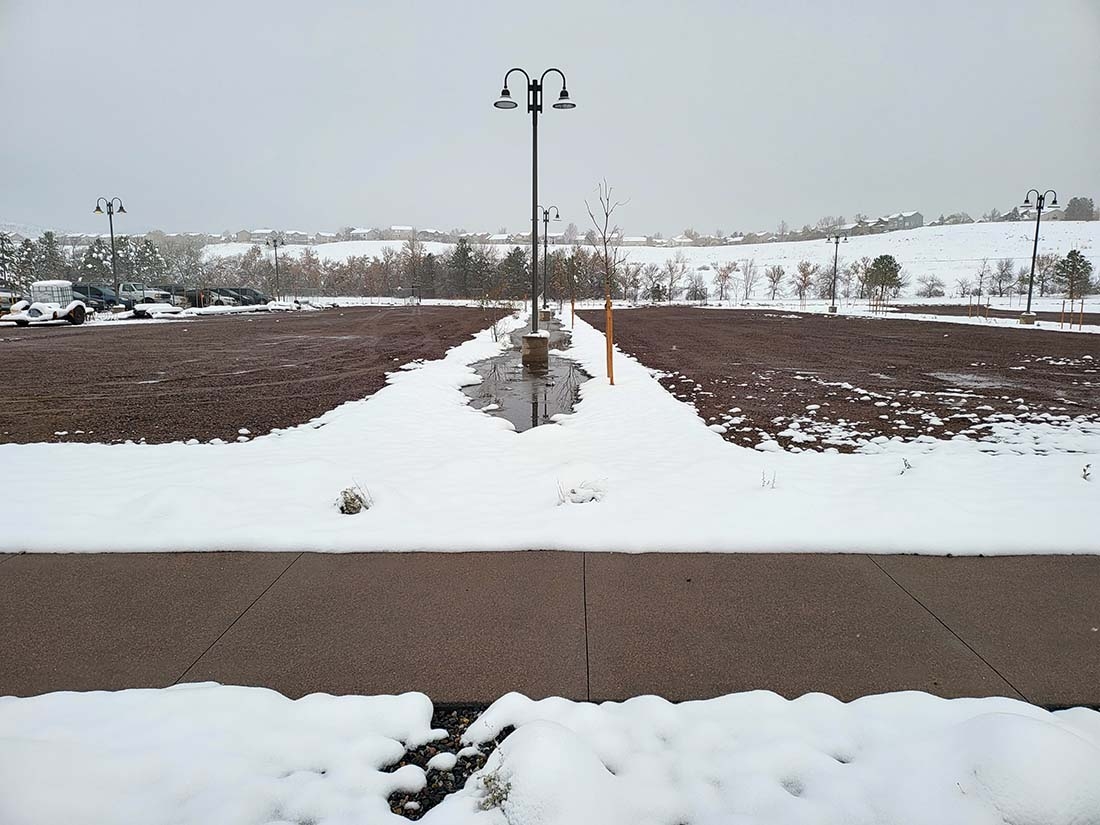
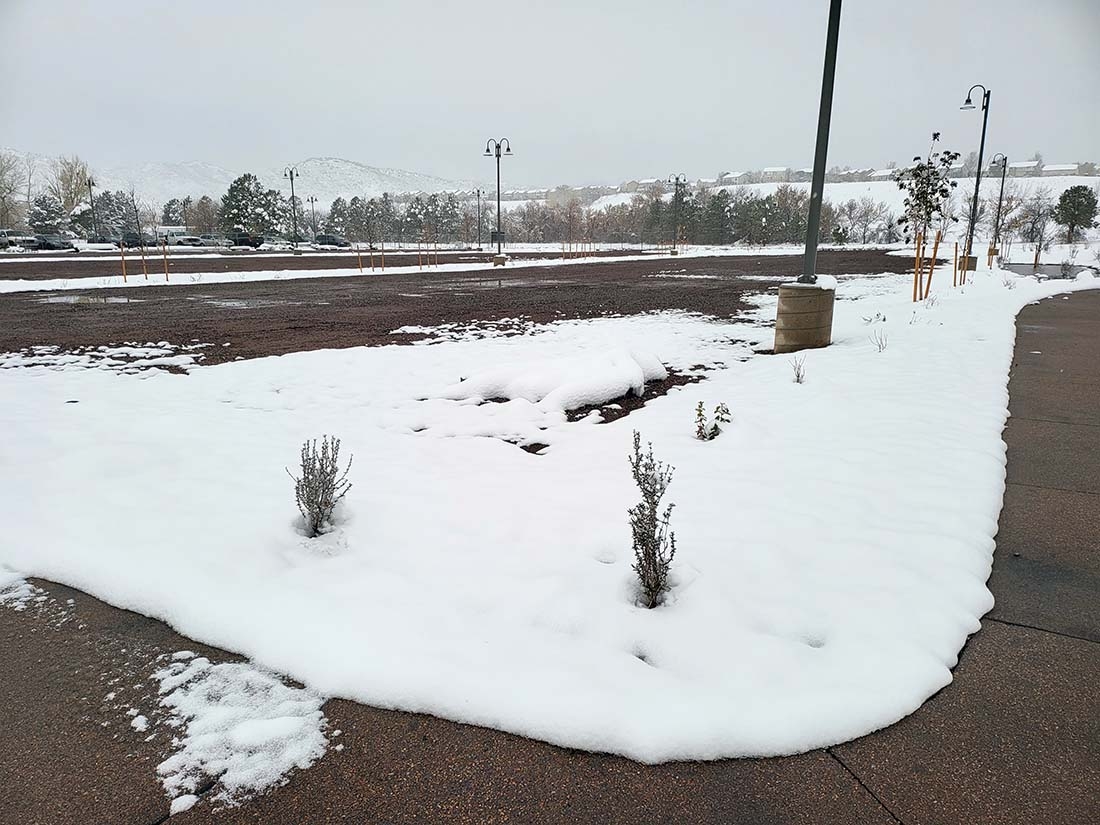
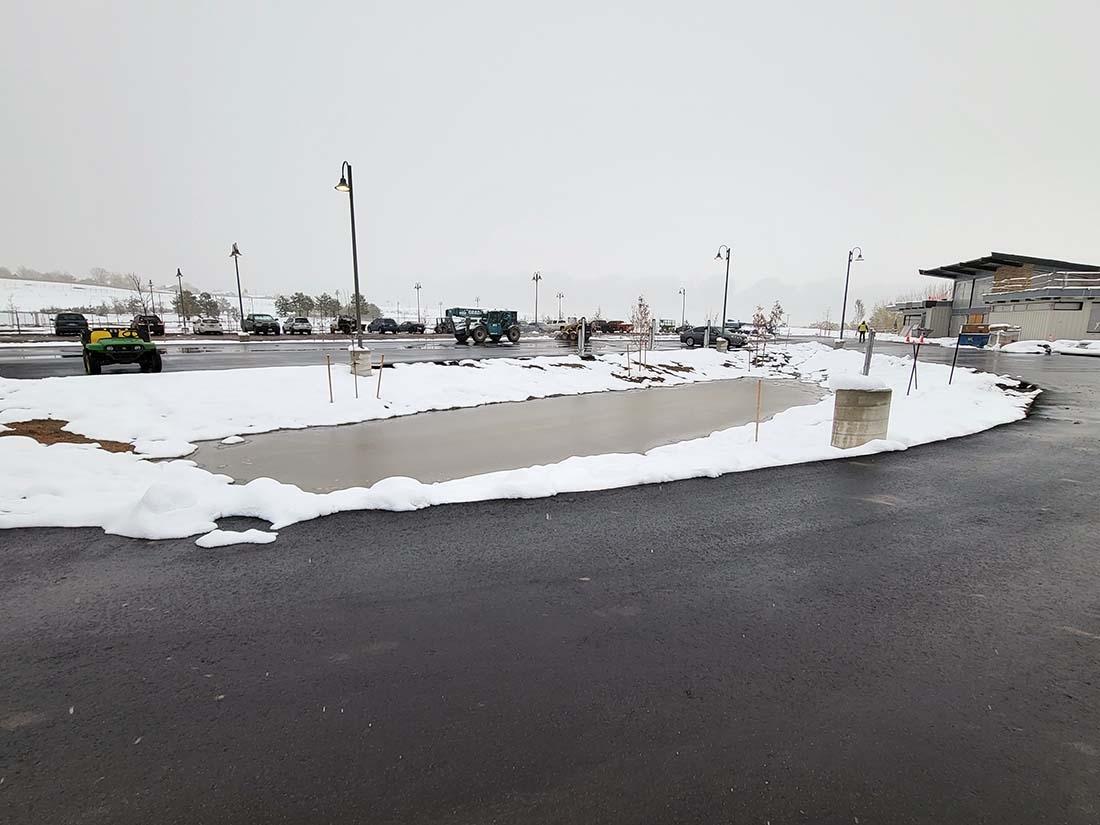
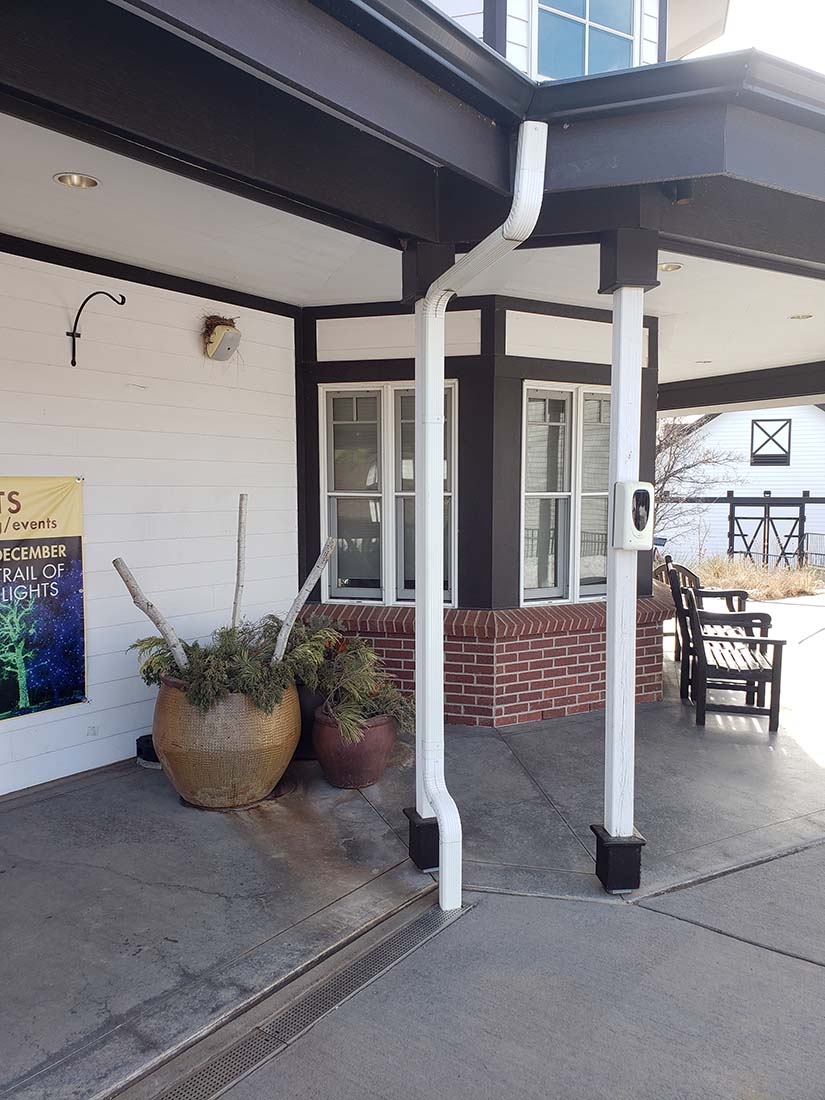
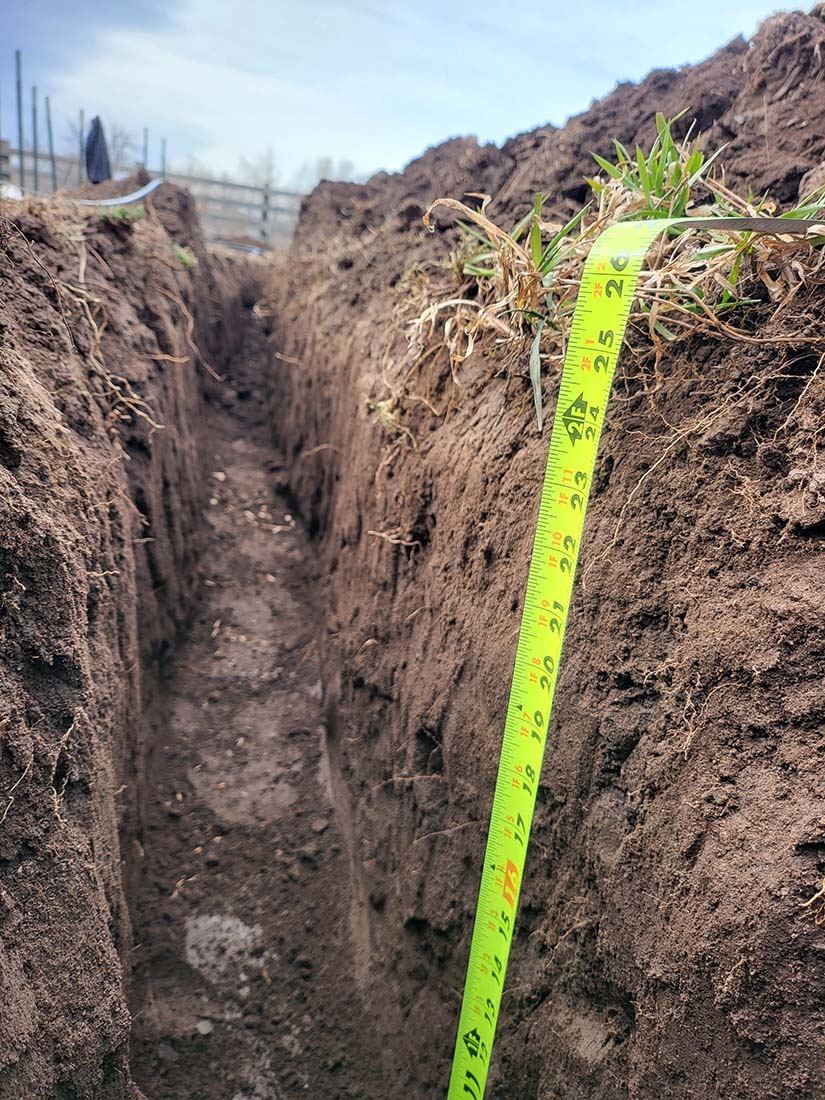

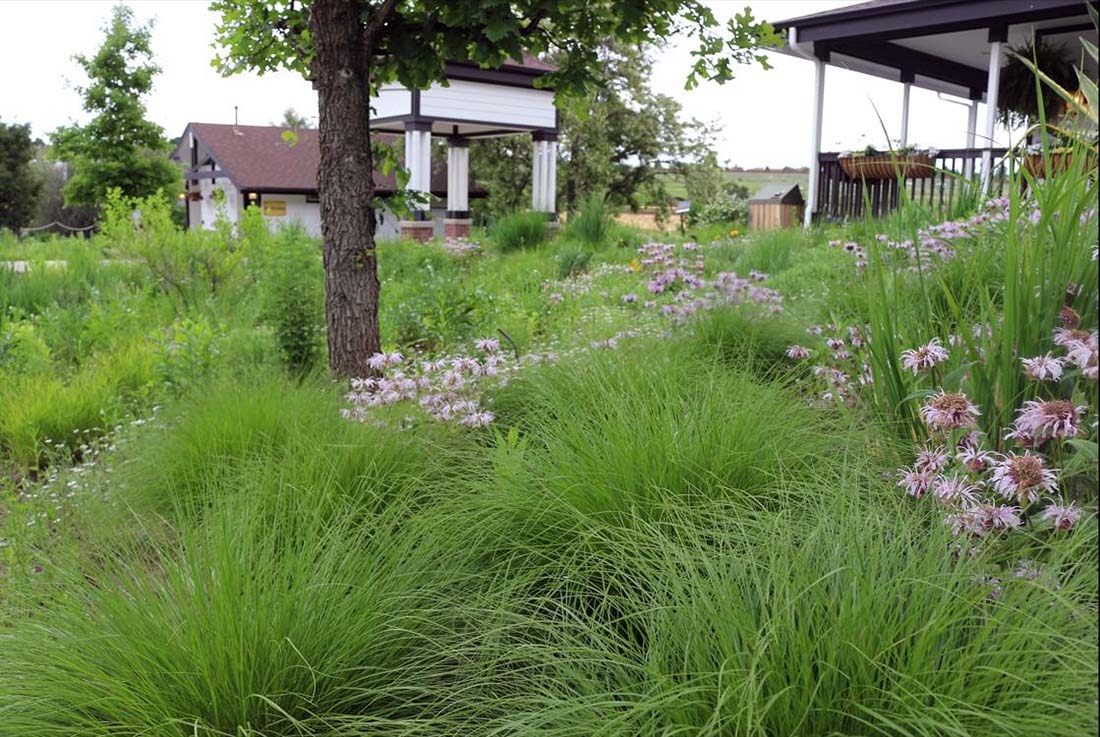

Add new comment